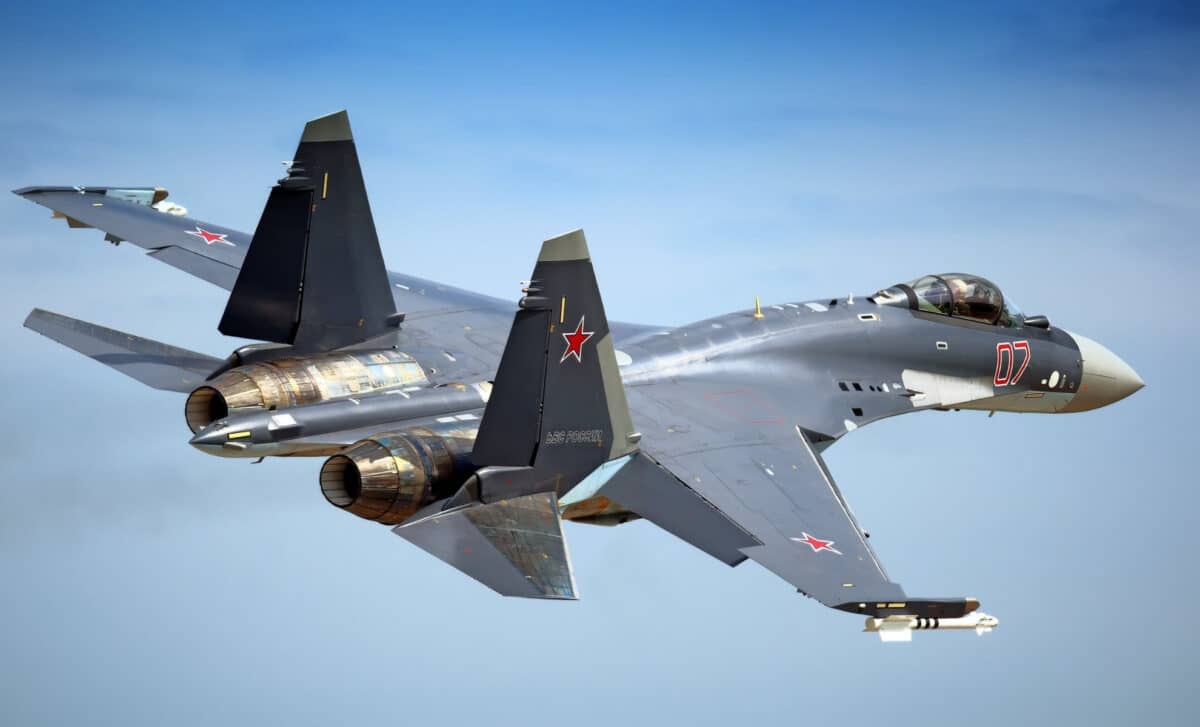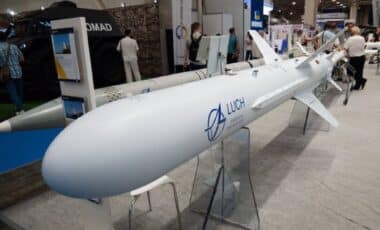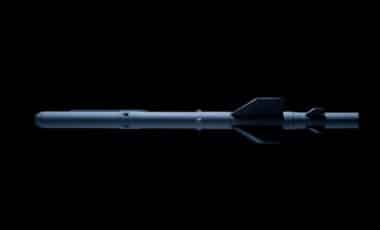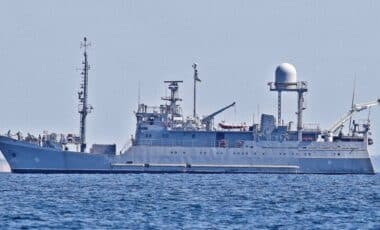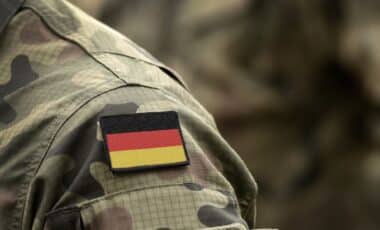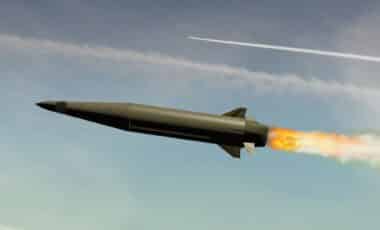A Russian Su-35 fighter jet was shot down over the Kursk region on June 7, in what Ukrainian officials describe as a landmark event in the ongoing conflict. The Ukrainian air force claims responsibility for the strike, which may represent the first successful engagement by a Ukrainian-operated F-16 against a Russian aircraft.
This incident highlights the growing role of western-supplied technology and coordination tools in strengthening Ukraine’s air capabilities. It also underscores Russia’s continued loss of advanced aircraft, with this su-35 being the eighth such jet reportedly destroyed since february 2022.
As reported by Armees, the downing of this aircraft has fueled international attention, both for its military implications and for the message it sends about the evolving balance of power in the skies over Eastern Europe. The event has also raised questions regarding the integration of advanced western systems, such as the Saab 340 AEW&C radar aircraft and the link 16 data network, into Ukraine’s defensive strategy.
Behind the scenes of an impossible mission: how B-2 bombers struck Iran
The Operation and the Technology Behind the Strike
The strike was reportedly carried out by a Ukrainian f-16 equipped with an aim-120 AMRAAM missile, a weapon designed for long-range engagements. The attack may have been facilitated by the Saab 340 AEW&C surveillance aircraft, which can track targets up to 450 kilometers away and provide real-time data to fighter pilots through the link 16 communication system. This capability allows for precise coordination between airborne and ground-based assets.
The Russian Su-35’s loss is significant given its reputation as one of Moscow’s most advanced fighter jets. By linking targeting data between platforms, Ukrainian forces were able to mount what appears to be their first successful kill of a Russian aircraft using a western-supplied fighter.
Ukrainian Losses and Allied Support
Despite this success, Ukraine’s air force has also faced setbacks. As highlighted by armees.com, the country recently lost one of its f-16 aircraft, although the pilot successfully ejected. Tragically, two other pilots—Pavlo Ivanov and Oleksiy Mes—have been killed in recent air operations.
International partners continue to bolster Ukraine’s fleet to compensate for these losses. The same source indicates that Kiev is expected to receive eighty-five F-16 jets from allied nations: twenty-four from the Netherlands, nineteen from Denmark, twelve from Norway along with ten for spare parts, and thirty from Belgium. This influx of aircraft is intended to reinforce Ukraine’s ability to conduct combined air and ground operations against Russian forces.
The Role of Integrated Defense Systems
The integration of western technology extends beyond fighter jets. Saab 340 AEW&C aircraft, provided by Sweden, have become a cornerstone of Ukraine’s air defense strategy. As explained by armees.com, these radar planes, combined with link 16 data links, enable operators to track and classify enemy targets with high precision, giving Ukrainian pilots a significant operational advantage.
Additionally, the patriot missile system has already proven effective in intercepting Russian aircraft and missiles, demonstrating the value of a layered defense approach. The coordinated use of these systems shows how Ukraine’s evolving air defense network is reshaping the dynamics of the conflict.

